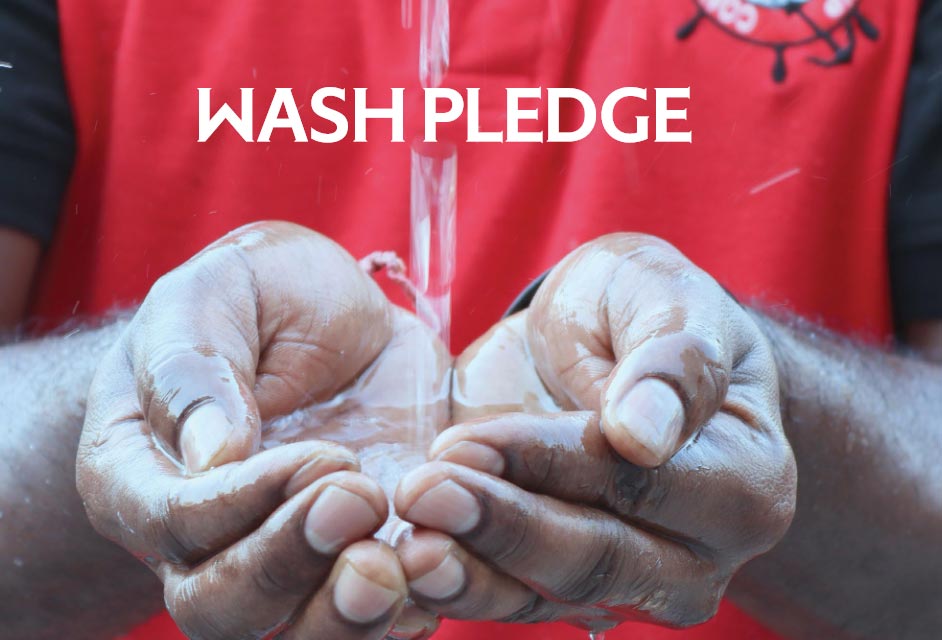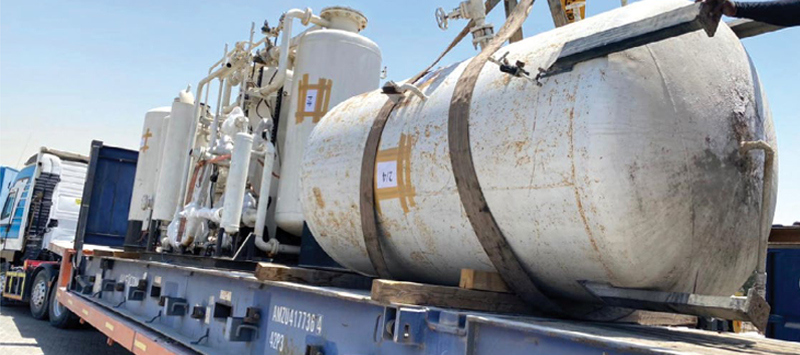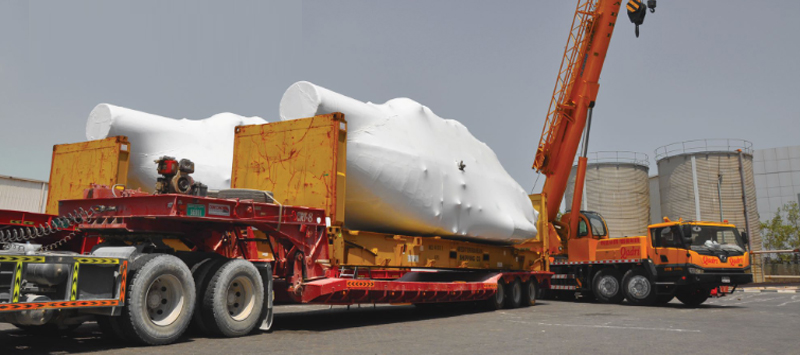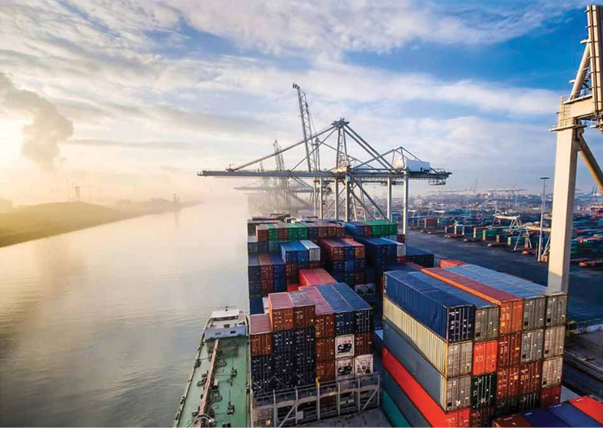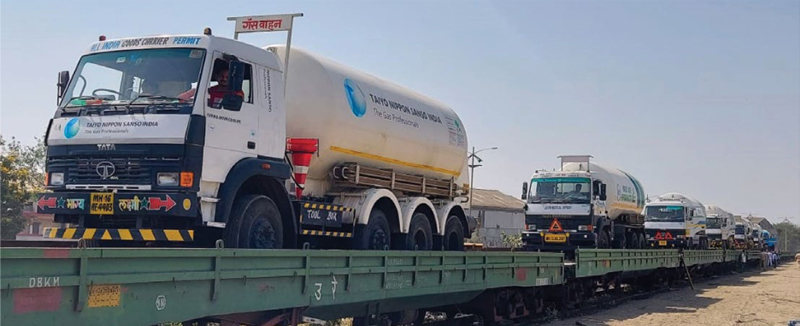CONTINUED DISRUPTIONS IN THE GLOBAL FREIGHT MARKET
It is established fact that COViD-19 has clearly created a new pattern regardless of where we stand. Most industries today face the challenge of rebuilding and managing the recovery phases. As far as retail and logistics is concerned, the pandemic has introduced so many consumers to online shopping and has increased freight volumes. In the words of the economist Stephen Burks, “It dropped like a rock and came back like a rocket, but coming back has been uneven, and the demand patterns are not the same as what it was before the downturn. There have been all kinds of glitches in the supply chain as the final demand pattern has shifted and the supply chains are struggling to get back. Right now, in terms of demand for trucking in the US, it’s high. There is huge demand with supply constraints regarding trucks and drivers.”
Stressed Supply Chains
During the holiday season, retailers have most of their inventory stocked, but the major retailers have announced shortages this year. According to the American Trucking Associations, the latest trucking and logistics indexes have shown stressed, flashing red warning signs in maintaining supply chain lines. Stores like Costco and The Home Depot plan to lease out their cargo ships to get items to the US and Canada in an uninterrupted pattern.
The Association of Supply Chain Management Executive Vice President Douglas Kent spoke about the situation, “Transportation is riddled with disruptions. Whether it’s port capacity on the shipper side from China or the receiving side from the US, the shortage of truck drivers, and concerns about recruiting people into warehousing and transportation jobs, they continue to disrupt the industry. This is not very easy. It seems like every time we find a path out of disruption, and another path is created for us.”
The Southern California Coast, home to the nation’s biggest ports – Los Angeles and Long Beach is cited as the worst choke point in the supply chain. On 27th September 2021, 64 container ships with millions of dollars worth of toys, electronics, furniture, and other goods lay at anchorage waiting for an unloading berth.
As far as the White House Supply Chain Disruptions Taskforce is concerned, the Biden administration had appointed John Porcari to work as its port envoy whereby he announced the facilities for its 24/7 operations. The port of Los Angeles was getting ready to work 24/7, while Long Beach planned to increase operations and eventually move forward to a 24/7 supply chain. Both facilities are expected to work closely with the trucking industry to ensure operators understand how to take advantage of incentivized gate hours and expanded opportunities that will be created to move cargo during non-peak times.
The nation’s major ports have seen a peak in container volumes during the past year where, Los Angeles ports alone passed out 1 million containers a month. At the same time, the East coast ports like New York, Baltimore, Virginia, South Carolina, and the Port of Savannah have shown double-digit increases since the cargo surge last year. The Investment banking company Goldman Sachs cited supply chain issues responsible for its decline in the third-quarter economic growth forecast from 6.5% to 5.5%. Goldman Sachs economists also added, “Spending on dining, travel, and some other services is likely to decline in August, though we expect the drop to be modest and brief.” As the Economist, Rajeev Dhawan, Director of the Economic Forecasting Center at Georgia State University, states, “I think because of the virus, the state of the economy can change very quickly, and it is changing, and it’s downward. If you had asked me this question a month ago, I would have said it was moving upwards. Remember, this virus is leading this economic tango”.
According to revised estimates released by the Bureau of Economic Analysis in August, the real Gross Domestic Product (GDP) increased at an annual rate of 6.6% in Q2 2021. The supply chain mismatch between the surging imports and an over-exhausted transportation network are reasons for a slowdown of economic recovery.
Warehouse Woes
Another issue faced is the warehouse capacity. Warehouse space is tight once the product is taken off the ships. National vacancy rates are less than 5%, and less than 2% near ports as shippers say they do not have enough space to store the goods. Kent points out two aspects here, “You have a tightening of warehouse capacity, but at the same point, are the goods that are in the warehouse the right ones? The consumer is going to pay the price for this amount of disruption. Who can ignore the fact that the consumers will pay when the supply chain is not working well?” Another concerning factor is the higher inflation at the retail level. Initially, a 20-foot container that cost $3500 to import from China to the US, post-Covid, cost more than $10000 for the same journey. Fed Chairman Jerome Powell had mentioned that the supply chain problems might fuel inflation longer than anticipated earlier. “Inflation is elevated and will likely remain so in the coming months before moderating,” Powell said.” As the economy continues to reopen and spend rebounds, we see upward pressure on prices, particularly due to supply bottlenecks in some sectors. These effects have been larger and longer-lasting than anticipated, but they will abate, and as they do, inflation is expected to drop back toward our longer-run 2% goal”. Kent said, “I hate to be the Grinch that stole Christmas, but I don’t think it’s going to line up the way we would like it. Most of the items consumed during the holiday period have a manufacturing location outside the US. If you look at the big exports, it’s computers, bicycles, accessories, toys, and the reality is this should be all clicking smoothly now, and a lot of those expectations are now being foiled. We see continued disruptions”
The Drewry World Container Index that provides weekly assessments of container freight rates has mentioned that the prices have increased for 19 consecutive weeks and are 351% higher than the last year.


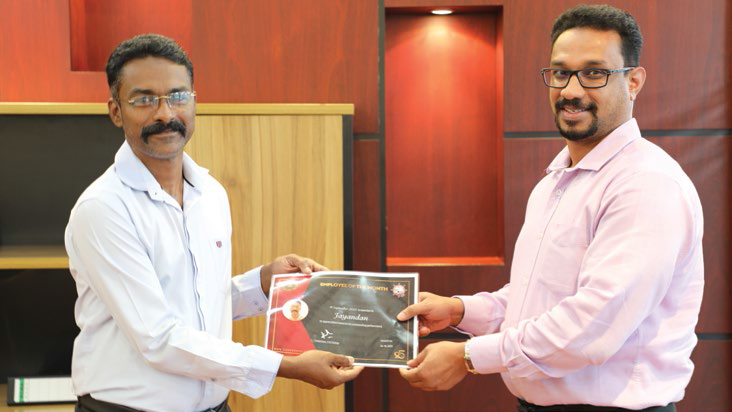

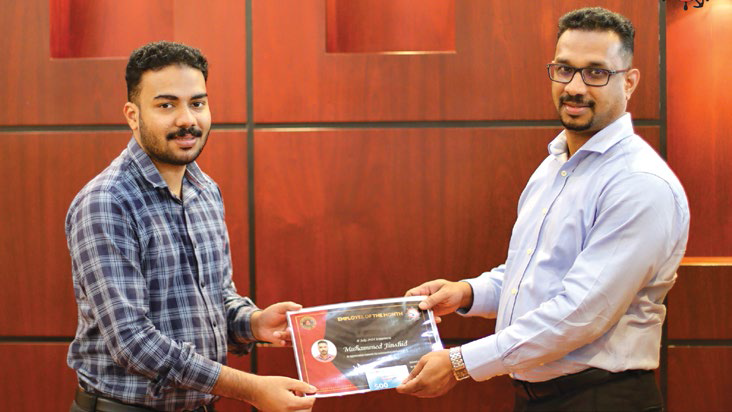
 Shipping Line Behavior
Shipping Line Behavior The last year 2020 accelerated the concept of “Work from Home” and helped to realize that even the Civil Court Proceedings can also be done virtually. With the pandemic, the Court proceedings had to switch completely to virtual hearings, without any Judges, Lawyers, or the Parties to the suit, being personally present in the courtroom. Many countries even introduced new regulations or rules to regulate remote hearing.
The last year 2020 accelerated the concept of “Work from Home” and helped to realize that even the Civil Court Proceedings can also be done virtually. With the pandemic, the Court proceedings had to switch completely to virtual hearings, without any Judges, Lawyers, or the Parties to the suit, being personally present in the courtroom. Many countries even introduced new regulations or rules to regulate remote hearing.




